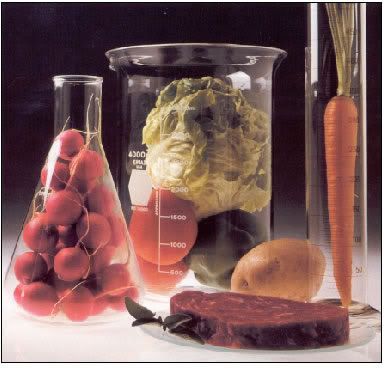Absorption and loss of iron in toddlers are highly correlated.
Title
Absorption and loss of iron in toddlers are highly correlated.
Source
Journal of Nutrition. 135, (4): 771-777, 2005.
Absorption and loss of iron in toddlers are highly correlated.
Source
Journal of Nutrition. 135, (4): 771-777, 2005.
For estimating the requirements for dietary Fe (iron), it is important to know the amount of Fe that is lost from the body. Inevitable losses of Fe have been determined in adult humans but not in infants or children. 

Therefore, in this study, 58Fe, the least abundant stable isotope of Fe was administered to free-living infants at 168 days of age (5.6 months) and the infants were followed to age 26 months in order to determine inevitable Fe loss and absorption. There was no dietary restriction after isotope administration. Blood was obtained at regular intervals for determination of isotopic enrichment and indices of Fe status. The quantity of circulating Fe, noncirculating active Fe, and storage Fe were estimated. The administered isotope equilibrated with total body Fe by 13 months of age. 

From 13 to 26 months of age, inevitable loss and absorption of Fe were estimated from the change in tracer abundance in circulating Fe. The rate of decrease of tracer abundance was proportional to addition of tracee, i.e., absorption of Fe. Conversely, the rate of decrease in quantity of tracer was proportional to removal of tracee. 

Intersubject variability of Fe loss and absorption was high, and Fe loss and absorption were highly correlated. Fe stores were low throughout the study and decreased significantly from 13 to 26 months of age, suggesting that Fe absorption from the diet was inadequate to maintain or increase Fe nutritional status. It is suggested that the intake of bioavailable Fe from 13 to 26 months of age is insufficient to maintain Fe nutritional status.




0 Comments:
Post a Comment
<< Home